Art
Lotte Errell
Photojournalist Lotte Errell worked tirelessly to make her adventurous travels in Africa, China, and the Middle East accessible to her readers at home in Germany and beyond. Her success illustrates how photography and travel journalism provided women with new possibilities for independence and careers. Errell traveled the world throughout the 1930s taking photos and writing essays, but she was interrupted in the 1940s by the war.
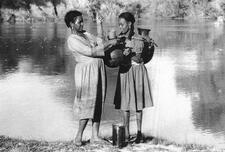
Ethiopian Jewish Women
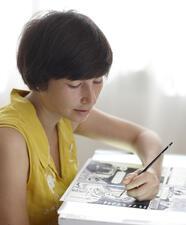
Liana Finck
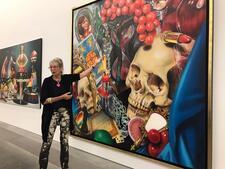
Audrey Flack
The only female member of the founding group of photorealists, New York-born painter and sculptor Audrey Flack is especially recognized for the feminine content in her art. Her feminist sensibilities manifest in both her pioneering paintings, which often consider stereotypes of womanhood, and her sculptures, frequently depicting goddesses and other strong female figures. Flack’s work appears in prominent collections around the world.
Edith Flagg
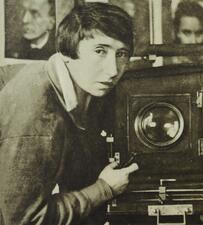
Trude Fleischmann
Trude Fleischmann opened her studio at age 25, worked as a successful independent photographer through the Depression, and photographed some of the great artists, thinkers, and activists of her day, including Max Reinhardt, Eleanor Roosevelt, and Albert Einstein. Fleischmann regarded photography as a craft rather than an art, an attitude which also helped open the field to women.
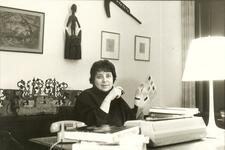
Sally Fox
Lee Weiss Frank
Lee Weiss Frank worked as a reporter and radio show host, was involved in the Women’s International League for Peace, and was a prominent public figure in Philadelphia. Her legacy extends beyond her community work and journalism, as she was a prolific artist painting in oil and in watercolor.
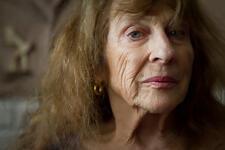
Mary Frank.
Mary Frank
Mary Frank was a sculptor and painter inspired by dance, photography, and the moving body. Born in London, Frank immigrated to the United States in the 1940s and danced with Martha Graham and studied art at the American Art School in New York. Frank imparts a sense of the timelessness and her work, and her sculptures have been described as sensual, sublime, poetic and profoundly moving, placing her among the foremost figurative artists of our time.
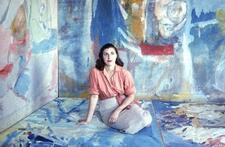
Helen Frankenthaler
Helen Frankenthaler pioneered a new style of abstract expressionist painting that earned her the respect of the art world and inspired other artists. Her constant high achievement ranks her as one of the most important contributors to the history of postwar American painting. Frankenthaler’s work has been exhibited in galleries and museums around the world.
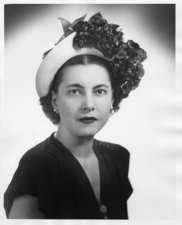
Lillian Simon Freehof
Lillian Simon Freehof (1906-2004) was a leader in developing transcription services for people with visual impairments and blindness, working with Sisterhood volunteers at Rodef Shalom Congregation in Pittsburgh, PA, and, at the national level, with the Federation of Temple Sisterhoods (now WRJ). She also wrote books and plays for children and young adults and books on needlework and Jewish festivals for adults. She was the wife of Rabbi Solomon B. Freehof.
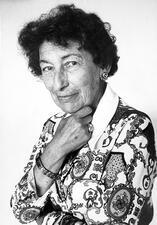
Gisèle Freund
Gisèle Freund was a European intellectual and writer, a sociologist, a historian of photography, a socialist, a Jew, and one of the world’s greatest photographers.From her photographs of a rally in Berlin to her insightful portraits of Evita Perón, Freund captured the early twentieth century. In 1991, she was the first photographer honored with a retrospective at the Musée National d’art Moderne.
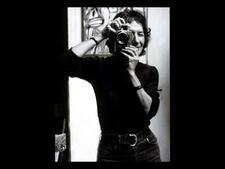
Marti Friedlander
London-born Marti Friedlander migrated to New Zealand in 1958. She became one of the country’s most outstanding and influential photographers in portraiture, photo-journalism, photo-books, and “street” photography. Her photographs still live vigorous public lives in exhibitions, books, and periodicals published after her death.
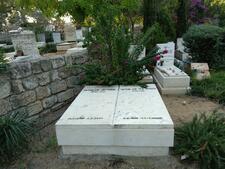
Dora Gad
Dora Gad (1912-2003) was a prominent Israeli architect and interior designer. In the early decades of Israel's statehood, Gad played a key role in designing projects for the newly established national institutions in Israel. In 1966, she received the Israel Prize in architecture, the first woman to have ever received this prize.
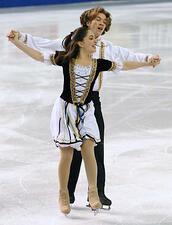
Loren Galler-Rabinowitz
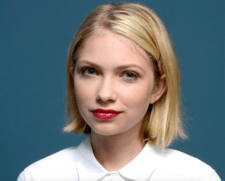
Tavi Gevinson
Temima Gezari
Artist and innovator Temima Gezari made a lasting impact on Jewish education through her vivid artwork, illustrations of children’s books, and many years of teaching. Her philosophy of using art to teach about Jewish holidays and customs left an indelible mark on countless schoolchildren. After more than 60years in the field, she was a legendary presence in Jewish education.
Ruth Gikow
Ruth Gikow’s figurative paintings and murals offered her a means to comment on society and urban life. She worked on commissions for public spaces in New York, and in the 1960s and 1970s she created political works, depicting scenes from the civil rights and anti-war movements. Gikow’s work is included in the permanent collections of the Metropolitan Museum of Art, the Museum of Modern Art, among others.
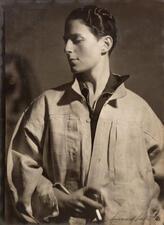
Gluck (b. Hannah Gluckstein)
A self-proclaimed individualist, Gluck painted outside abstract contemporary trends. Instead, Gluck naturalistically painted subjects reflecting her personal life and social circle, making her a unique character in the modern British art scene. Gluck was also proud of her queer, androgynous identity, which she infused into her artwork.

Nan Goldin
Starting in the 1970s, Nan Goldin used her camera to document her own life and that of her friends, her alternative family. Her pictures revealed intimacy and violence, love and abuse, sexuality and addiction, in the downtown punk scene of New York in the 1980s, a world subsequently devastated by AIDS. She adopted a slide show format to be a mirror to her friends, and ended up mirroring their lives to the outside world.
Gertrude/Gego Goldschmidt
Gego, born Gertrude Goldschmidt, was one of Venezuela’s most creative and ingenious artists. Her sculptures have not only a sense of closure but also a boundlessness erasing any distance between viewer and artist and insisting on generating new perspectives.
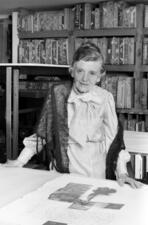
Tatyana Grosman
Tatyana Grosman nurtured an entire generation of printmakers and raised printmaking in the United States to the status of major fine art. Universal Limited Art Editions, which she founded in 1957, published prints by many major American artists, and launched collaborative endeavors between artists and writers. Much of the press’s work was acquired by the Metropolitan Museum of Art.
Pam Grossman
Irene Rothschild Guggenheim
Peggy Guggenheim
Peggy Guggenheim amassed one of Italy’s most important modern art collections, displaying works artists such as Pablo Picasso, Salvador Dali, Fernand Léger, Max Ernst, and Jackson Pollock in her galleries in London and New York, as well as at her famous palazzo in Venice, which was later turned into a museum.


